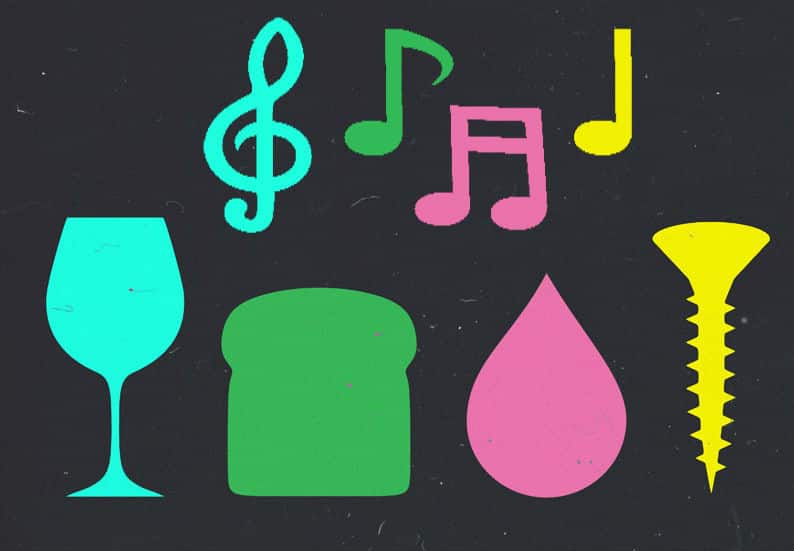
Field Recordings – Capture and Incorporate your Sonic Landscape
Shh. Take a moment to listen.
You, my friend, sit in the nucleus of the infinite drum rack that is the soundtrack of your life. Surrounding you are limitless samples waiting to etch themselves into your tracks.
Where to start.
For one, if you have a smartphone you likely have a built-in recording app. You can also download an app which have more useful features for musicians. Try the Rode Rec app or Audio Memos for iOS for features like EQ, compression, and “extract markers”. While phones don’t have the best quality, they’re basically always in reach, and sound good enough. Make sure that you name the sound bit as soon as it’s recorded, otherwise you’ll get stuck finding “that one clip” from choices such as “New Recording 99” “New Recording 100” “New Recording 101”… you get the idea. If you have a little bit of a budget, go for a field recorder like the Zoom H4nSP or the Tuscan Dr-40, which cost around $150-$250.

What to do.
Ambient Soundscapes
Get outside and find a park, coffee shop, forest, or whatever you have nearby. Capture audio for over a minute. If you’re using an phone, email or text the clip to yourself so you download and access it on your computer. If you’re using a mic, upload it to your computer as usual.
Pull the audio file into your DAW and choose an interesting section to loop—this will serve as an ambient background sound. Place an EQ on the audio to cut at that low-frequency hum and boost the high frequencies; EQ Three and Multiband Dynamics are good for this. Filter the sound with a Flanger, Chorus, or other device to get the quality you please.
Next, throw a Compressor on the track and activate the Sidechain (folds out of the little triangle on the top left of the device). Select “Audio From” and choose a track where you’ve set up a simple kick/snare pattern the ambient track can bounce to. Now, set the ratio to 3:1 or so, and lower the threshold to achieve that nice sidechain pump. And what do you know! A cool background vibe that mirrors your cool vibe.
Drum Rack dat Sh*t
Listen to the full thing, identifying the parts of the recording that sound interesting to you and separating the clips à la “command+E”. From here, you can either drag the sounds into a drum rack for an eccentric compilation of easily accessible home-grown perc. For a fully loaded rack, aim to include all the basic elements: kick, snare, hihat, tom, ride, etc. Get any chocolate tins for christmas? Turn that into a snare. You don’t need to spend too much time worrying about classifying them, just trust your ears and try to get a bit of everything.
Part of the fun of found sounds is that they don’t sound “usual.” So if your kick drum also sounds kind of like a hi-hat, go with it. It’s just cool (one of a kind!) drum layering that developed organically. You can make an organic beat that holds on its own, or layer it with a synthesized drum loop to give it a cooler texture & more vintage-y vibe. Once you’ve loaded your rack, make sure to save by clicking the little save icon at the top left of the drum rack. I recommend naming the rack after where you recorded the samples. Now it’s easily available in your user library for next time.
Conversations
Little do my friends know how frequently I’m recording them in my pocket. Bus rides. Funny conversations. Meaningful talks. By capturing interesting or silly conversations, you trap your memories in the amber that is your phone, and then can repurpose them to create deeply personal songs.
Many famous artists use this technique, and it helps draw the audience closer to them, deepening their relationship to the producer’s life and work. Kehlani’s intro to her 2015 album “You Should Be Here” features a touching phone conversation with her grandfather which segues her into opening up about her hopes and struggles. In “Blonde” Frank Ocean uses a voicemail his friend received from his mom, reminding him not to do drugs, smoke marijuana, drink alcohol, get in the car with someone whose drinking alcohol, etc. A clip like this is both personal and universal. We get a glimpse in to our favorite artists’ life, but it’s also “so mom” and many of us can relate to that.
Recently, I found a voice memo from a party I was at my freshman year in college. I recognized the voices, drunk and having a good time, but what I heard was void of meaning and connection. It immediately inspired a song which allowed me to explore the difference between forced friday night pals and true monday morning friends. The clip plays through most of the piece and brings the song’s meaning to life. Thanks, past me for hitting record at 12:23 am on a crisp, fall LA noche.
__
Found sounds are dope because they’re unique. They can be imitated but not recreated. They embody you, the producer, unlike any other sound can. They take an audio fingerprint of your studio, home, sweet escape, wherever—then invite the listener to join you behind the scenes. Not only do they add interesting texture for the listener, but when you shut your eyes and listen to them a decade later, you will be able to eavesdrop in on a unique time and place in your life. So, get inspired by your environment and go get ‘em.
___
Check out…
Verbena Tea with Rebekah Raff by Teebs.
Places by Shlohmo.
Aquarium by Nosaj Things.
These LA producers pack all the feels by collaging found sounds with ethereal beats. Sonic texture on fleek.
Oh, and this is just dope.
[su_youtube_advanced url=”https://www.youtube.com/watch?v=FCLqfiSKGKE” showinfo=”no” rel=”no” modestbranding=”yes” https=”yes”][su_video url=”https://www.youtube.com/watch?v=Fjb4U-cUGSE”][/su_youtube_advanced]


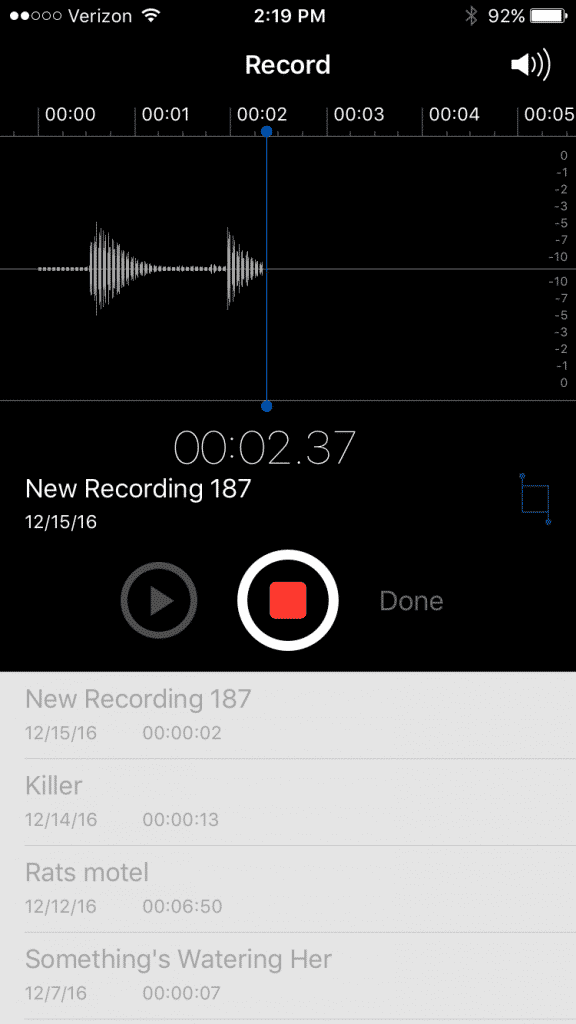


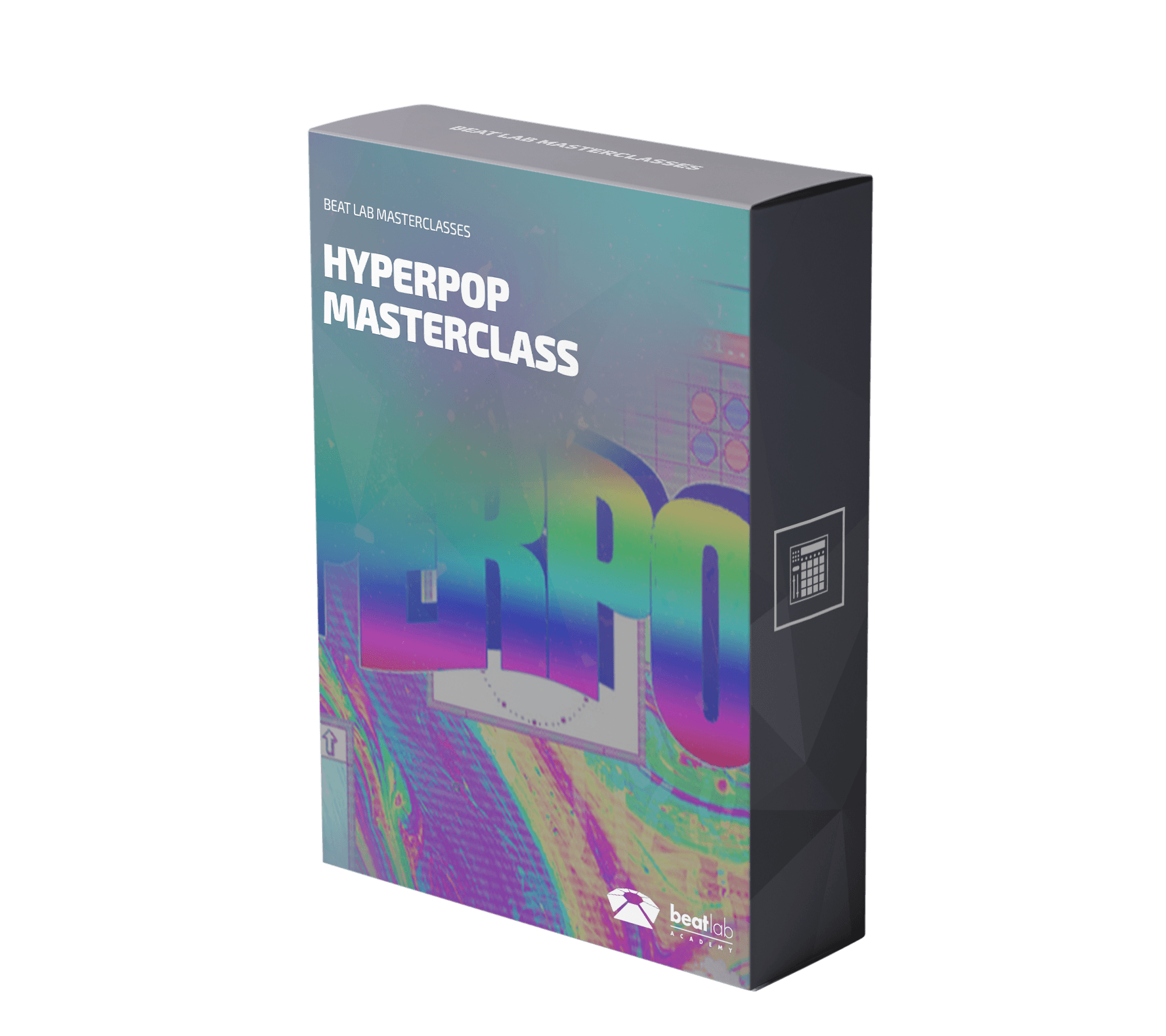
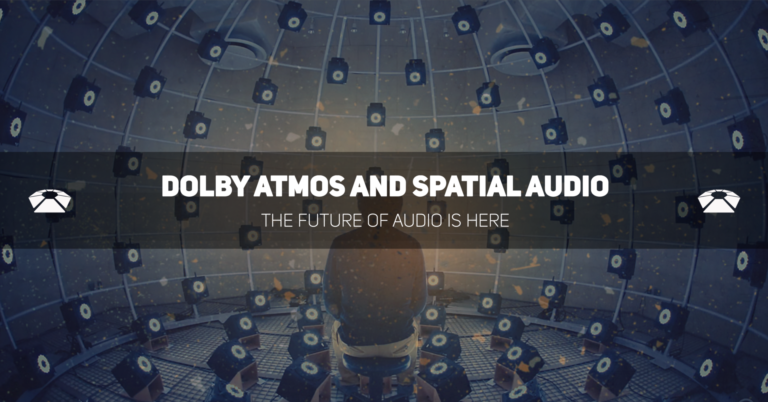


0 responses on "Field Recordings - Capture and Incorporate your Sonic Landscape"